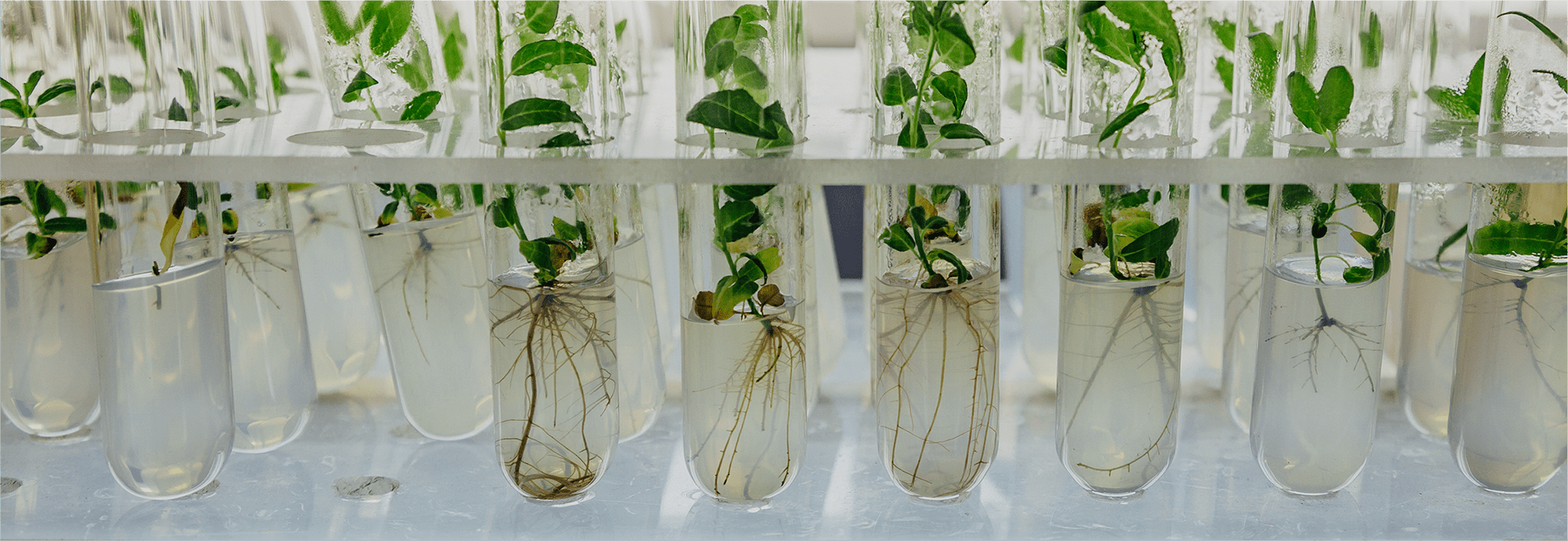- Technologies
- Solutions
- Service
-
R&D Center
-
R&D CENTER
Comparison of Whole Plastome Sequences between Thermogenic Skunk Cabbage Symplocarpus renifolius and Nonthermogenic S. nipponicus (Orontioideae; Araceae) in East Asia
International Journal of Molecular Sciences 20 (19): 4678
Seon-Hee Kim+, JiYoung Yang+, Jongsun Park, Takayuki Yamada, Masayuki Maki, Seung-Chul Kim*Symplocarpus, a skunk cabbage genus, includes two sister groups, which are drastically different in life history traits and thermogenesis, as follows: The nonthermogenic summer flowering S. nipponicus and thermogenic early spring flowering S. renifolius. Although the molecular basis of thermogenesis and complete chloroplast genome (plastome) of thermogenic S. renifolius have been well characterized, very little is known for that of S. nipponicus. We sequenced the complete plastomes of S. nipponicus sampled from Japan and Korea and compared them with that of S. renifolius sampled from Korea. The nonthermogenic S. nipponicus plastomes from Japan and Korea had 158,322 and 158,508 base pairs, respectively, which were slightly shorter than the thermogenic plastome of S. renifolius. No structural or content rearrangements between the species pairs were found. Six highly variable noncoding regions (psbC/trnS, petA/psbJ, trnS/trnG, trnC/petN, ycf4/cemA, and rpl3/rpl22) were identified between S. nipponicus and S. renifolius and 14 hot-spot regions were also identified at the subfamily level. We found a similar total number of SSR (simple sequence repeat) motifs in two accessions of S. nipponicus sampled from Japan and Korea. Phylogenetic analysis supported the basal position of subfamily Orontioideae and the monophyly of genus Symplocarpus, and also revealed an unexpected evolutionary relationship between S. nipponicus and S. renifolius.
-



